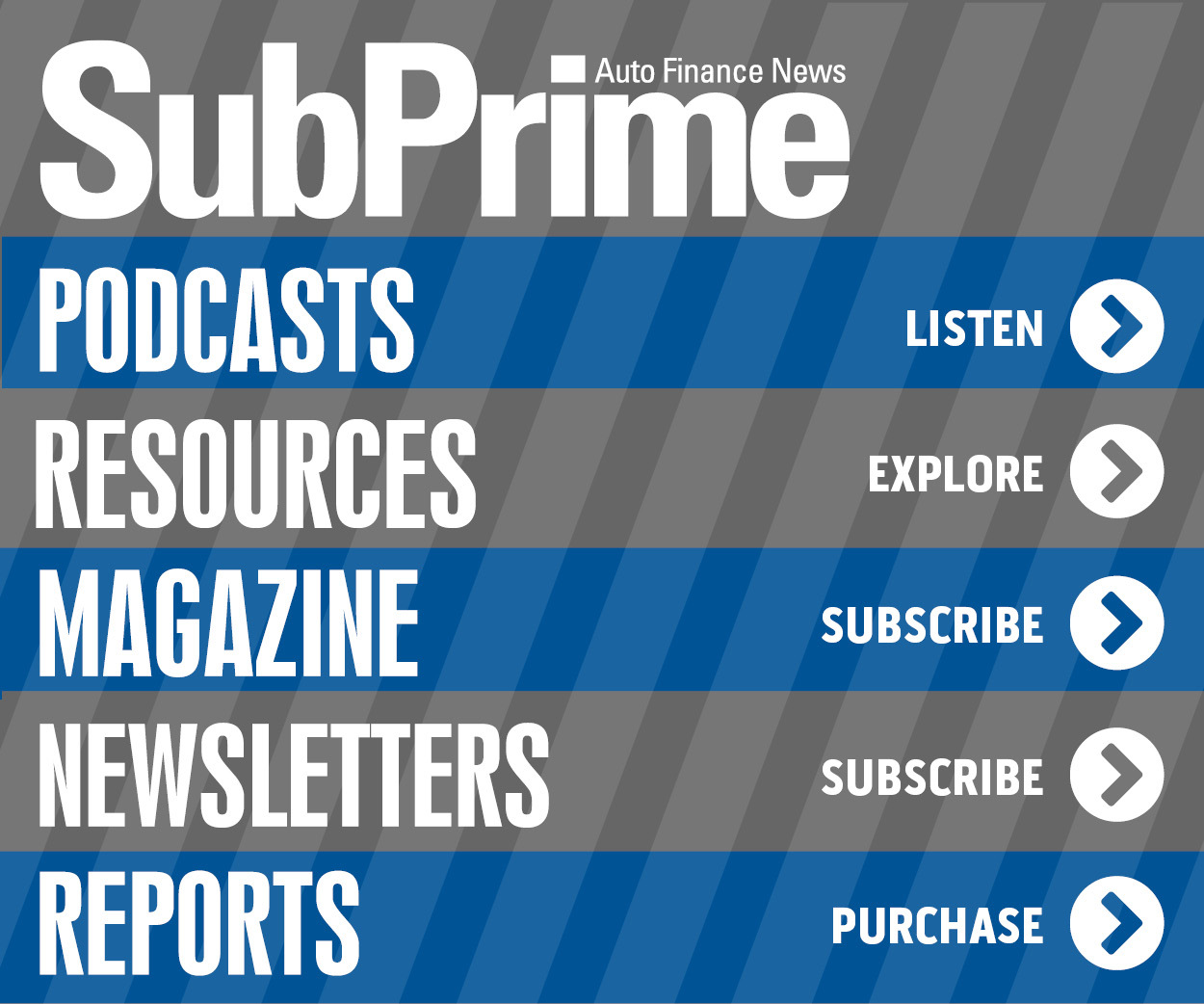Experian: Prime paper continues to rise in used financing

By subscribing, you agree to receive communications from Auto Remarketing and our partners in accordance with our Privacy Policy. We may share your information with select partners and sponsors who may contact you about their products and services. You may unsubscribe at any time.
SCHAUMBURG, Ill. –
Experienced dealership managers and finance company executives might remember a juncture when subprime permeated much of used-vehicle financing. People with softer credit profiles opted for less-expensive used vehicles with a contract they could manage and risk that the provider deemed to be prudent.
Times, they are changing.
Experian’s newest State of the Automotive Finance Market Report indicated prime consumers opting for used financing during the fourth quarter surpassed 50% — the highest percentage in Q4 since 2009.
Furthermore, analysts discovered used-vehicle financing saw the largest growth year-over-year among super-prime consumers, rising from 12.55% in Q4 2018 to 13.29% in Q4 2019.
“The trend towards used vehicle financing mirrors previous quarters,” Experian said in a news release.
Meanwhile, subprime and deep subprime contracts constituted 27% of used-vehicle financing in Q4, according to Experian, which added that subprime paper made up 21.69% of total financing in Q4 2019, a slight decrease from Q4 2018 (21.88%).
Subscribe to Auto Remarketing to stay informed and stay ahead.
By subscribing, you agree to receive communications from Auto Remarketing and our partners in accordance with our Privacy Policy. We may share your information with select partners and sponsors who may contact you about their products and services. You may unsubscribe at any time.
Experian’s research uncovered that prime consumers leverage used financing for a variety of vehicle types, with full-size pickups and entry-level crossover utility vehicles (CUVs) being the most popular, though their selections also include small economy and mid-size vehicles.
Analysts determined full-size pickups made up 15.09% of used financing in Q4 2019, while entry-level CUVs weren’t far behind at 15.07 percent of used financing.
“We’ve seen consumer preferences shift to more expensive vehicles over the last few years. During the same time period, consumers have been increasingly aware of their financial health, and the increase in used financing is a signal they’re keeping this in mind when shopping for a vehicle,” said Melinda Zabritski, Experian’s senior director of automotive financial solutions.
“As consumers look at the options available, selecting a used vehicle can be the best fit for their budgets, while not compromising the features they’re looking for,” Zabritski continued.
Experian pointed out that used financing isn’t the only segment seeing prime growth.
New financing increased, as well, as analysts noted prime consumers comprised more than 72% of new-vehicle financing in Q4 2019. As more financing goes prime, Experian indicated there’s also been a steady increase in average credit scores, with the average credit scores for vehicle financing reaching 719 for new contracts and 661 for used deals in Q4 2019.
Positive trends in delinquency and payments
Overall, Experian computed that the auto-finance market continues to grow with total open automotive balances reaching $1.229 trillion.
Analysts noted the average amount financed for a vehicle purchase increased in Q4 2019. Experian pegged the average new-vehicle contract amount at $32,797 during the quarter, while the average used-vehicle deal reached $20,554.
Despite increases in average amounts financed, Experian highlighted that delinquency rates stayed relatively flat in Q4 2019, with 30- and 60-day delinquencies at 2.31% and 0.79%, respectively.
Additionally, analysts said that while average monthly payments continued to increase, the increases were not as dramatic as historically seen.
In Q4 2019, the average monthly payment for a new vehicle came in at $554, a $9 year-over-year increase, and the average monthly payment for a used vehicle was $393, up $6 year-over-year. The more moderate increases in monthly payments were aided by a reduction in average interest rates, which were 5.76% for new and 9.49% for used in Q4 2019, compared to 6.13% and 9.59% during the same time a year earlier.
“The data shows numerous positive trends for affordability, including flat delinquencies and lower interest rates, which we expect to continue,” Zabritski said. “All signs point to consumers being able to manage their loans well, which is a strong indicator of stability in the industry.”
4 additional findings
Experian mentioned a quartet of other trends from its latest data, including:
— Consumers choosing to lease continued to increase, making up 29.92% of new vehicles financed, compared to 28.76 percent of new vehicles in Q4 2018.
— Banks continued to increase their market share of vehicle financing, rising from 30.72% to 32.74% year-over-year.
— Longer terms continue to dominate the market, with increases in the 61-72 and 73-84 month segments for new-vehicle contracts rising most (40.5% and 30.5%, respectively).
— The average price difference in monthly payments between retail installment contracts and vehicle leases is $93.
To view the entire Q4 2019 State of the Automotive Finance Market Report during a webinar to be hosted by Experian, register at this website.


